Choosing the right water metering technology is crucial for ensuring accurate measurement, operational efficiency, and long-term reliability. With multiple options available, three of the most common choices are ultrasonic water meters, electromagnetic water meters, and industrial electromagnetic flow meters.
Although they may look similar at first glance, their design, application, and performance differ significantly. This article compares these technologies to help you make the right decision for your project.
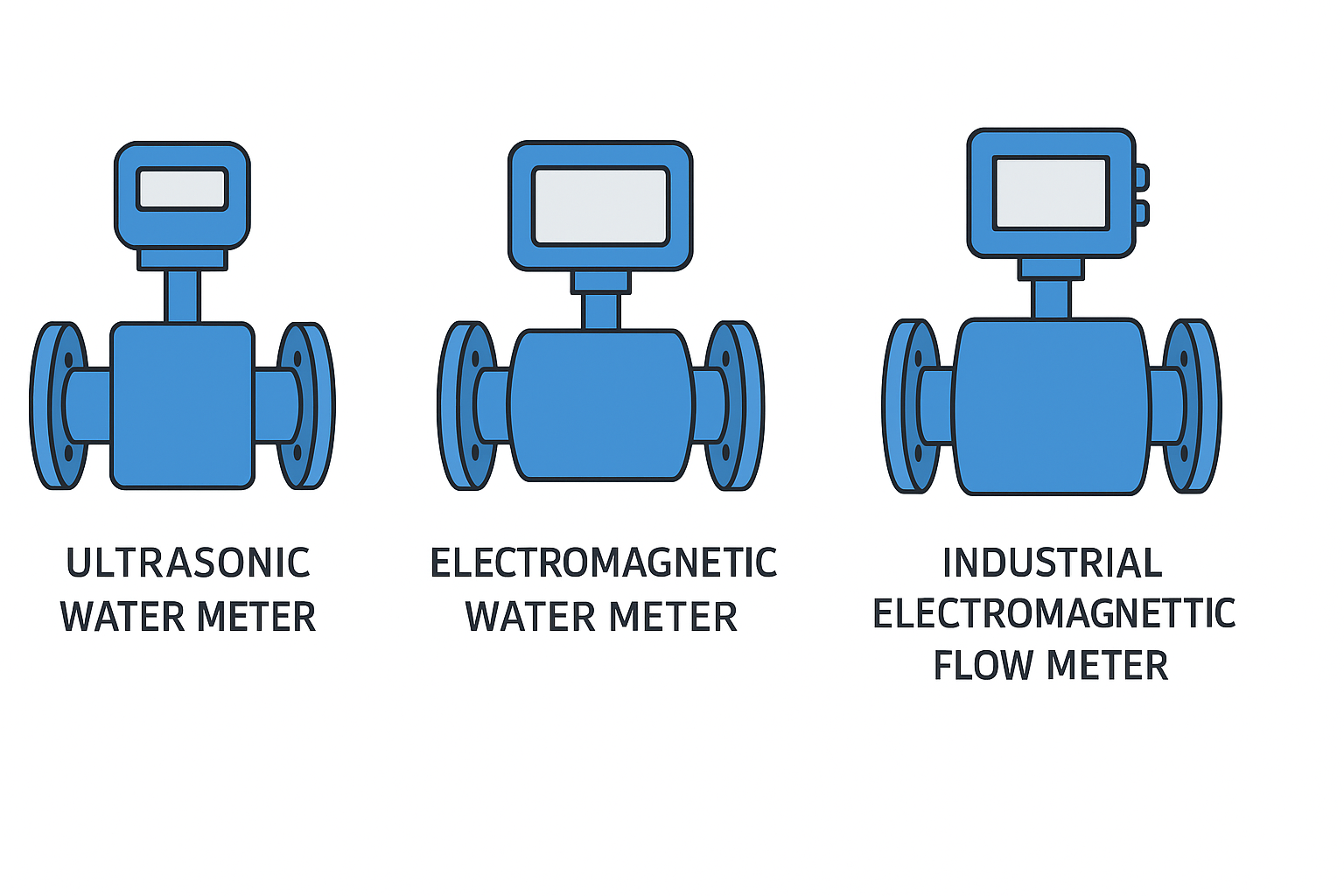
1. Ultrasonic Water Meter
How It Works:
Ultrasonic meters use high-frequency sound waves to measure the time difference between upstream and downstream signals. This time difference is proportional to the flow velocity.
Typical Applications:
Domestic water supply
Commercial buildings
Irrigation systems
Key Advantages:
No moving parts → minimal maintenance
Works with clean or slightly dirty water
No pressure loss
Battery-powered models available
Limitations:
Accuracy can be affected by air bubbles and heavy sediment
Best suited for clean water conditions
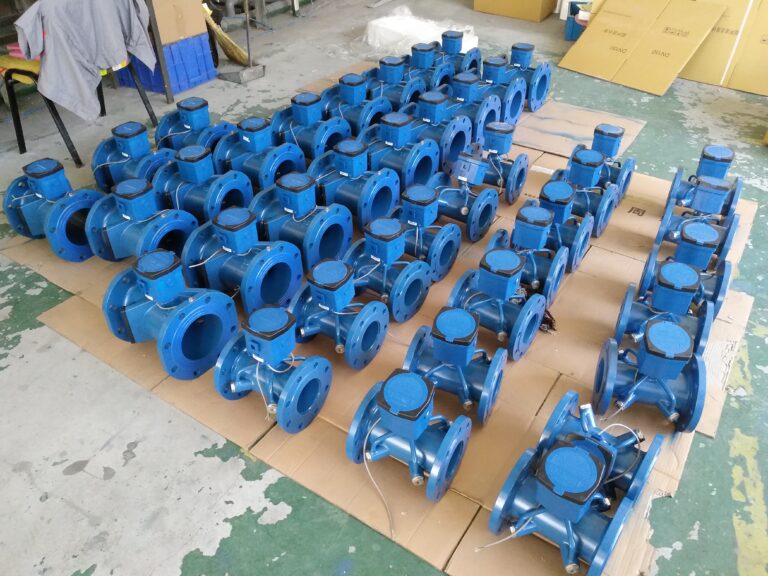
2. Electromagnetic Water Meter
How It Works:
Electromagnetic (mag) meters operate based on Faraday’s Law, measuring the voltage induced as water flows through a magnetic field.
Typical Applications:
Municipal water supply networks
Large pipeline flow monitoring
Non-revenue water (NRW) management
Key Advantages:
High accuracy (±0.5% to ±1.0%)
Handles a wide range of pipe sizes
No moving parts and minimal pressure loss
Works with slightly dirty or treated water
Limitations:
Requires conductive water (minimum conductivity threshold)
Heavier than ultrasonic meters
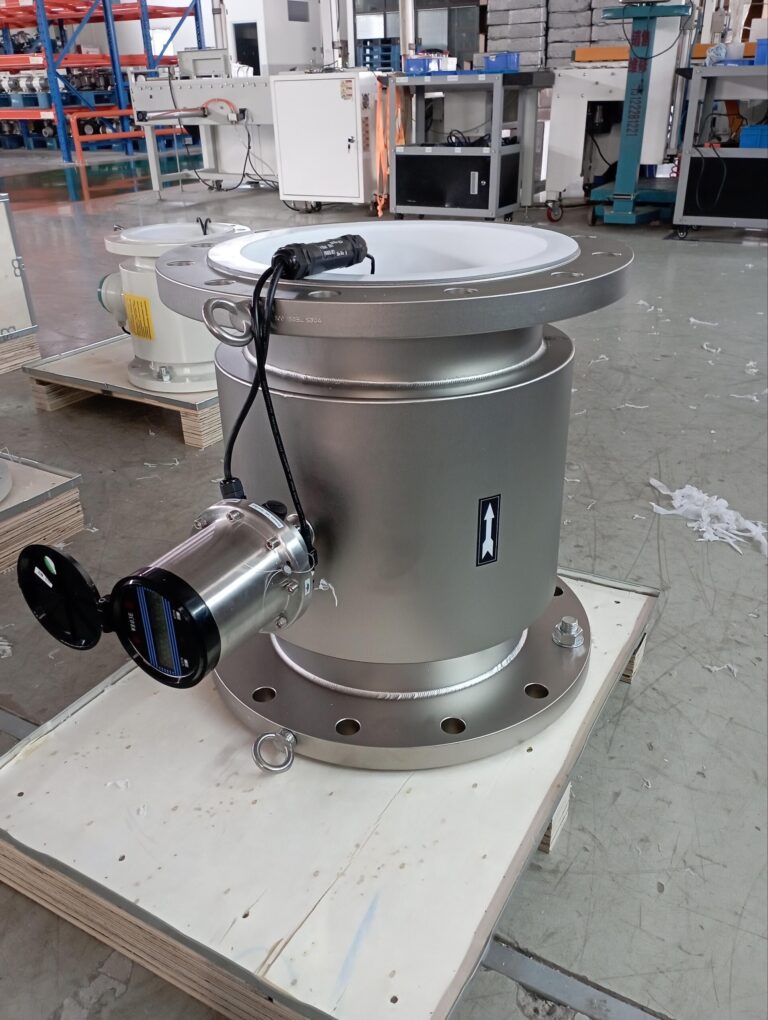
3. Industrial Electromagnetic Flow Meter
How It Works:
Like the water meter version, industrial electromagnetic flow meters also use Faraday’s Law but are designed for industrial process control, offering higher accuracy and more communication options.
Typical Applications:
Industrial water measurement
Slurry, wastewater, and chemical flow monitoring
Process automation and control systems
Key Advantages:
Very high accuracy (±0.2% to ±0.5%)
Supports multiple outputs: 4-20mA, RS485 (Modbus), HART, pulse
Robust build for harsh environments
Limitations:
Over-specified for simple water billing applications
Requires professional installation and configuration
Higher cost compared to standard water meters
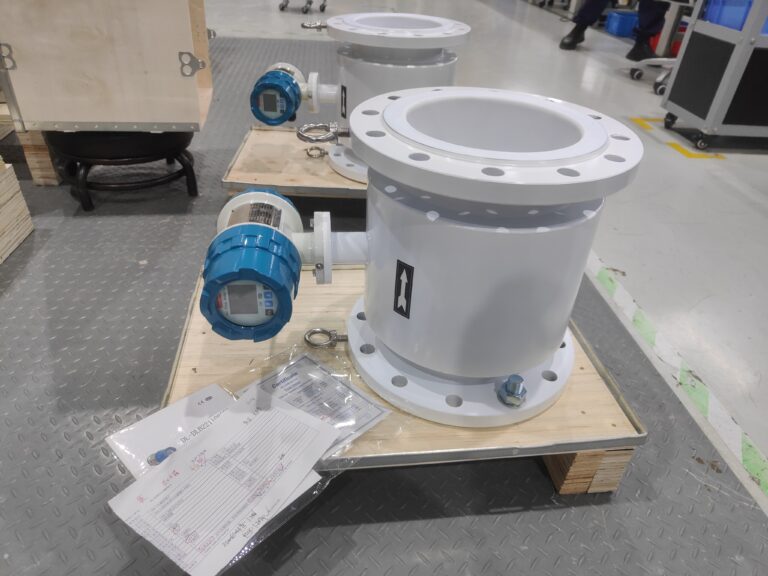
4. Side-by-Side Comparison
| Feature | Ultrasonic Water Meter | Electromagnetic Water Meter | Industrial Electromagnetic Flow Meter |
|---|---|---|---|
| Accuracy | ±1.0% | ±0.5%~±1.0% | ±0.2%~±0.5% |
| Best For | Domestic/commercial water supply | Utility networks & bulk water billing | Industrial process control |
| Power Supply | Battery or external | Battery + 24V DC | 24V DC or mains power |
| Maintenance | Very low | Low | Low (requires trained staff) |
| Material Options | SS304, SS316, composite | Carbon steel, SS304, SS316 | Carbon steel, SS304, SS316 |
| Cost Level | Medium | Medium-High | High |
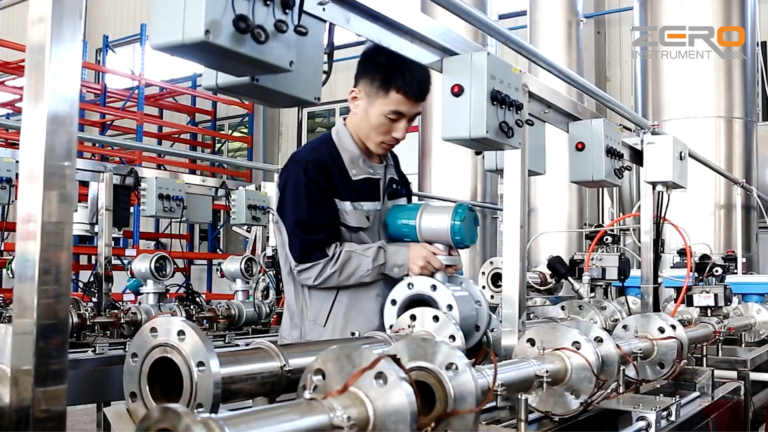
5. Recommendations
If your goal is water billing or municipal supply measurement, ultrasonic and standard electromagnetic water meters are both excellent choices. For industrial process applications where very high accuracy, advanced communication, and robust build are required, the industrial electromagnetic flow meter is the most suitable.
Need Help Choosing?
At Dalian Zero Instrument Technology Co., Ltd., we supply all three types of meters and can recommend the best option for your specific project, whether it’s a municipal water network, agricultural irrigation, or an industrial plant.
📩 Contact us today for a tailored quotation.
